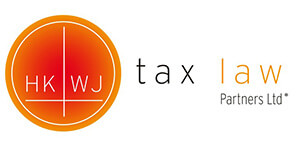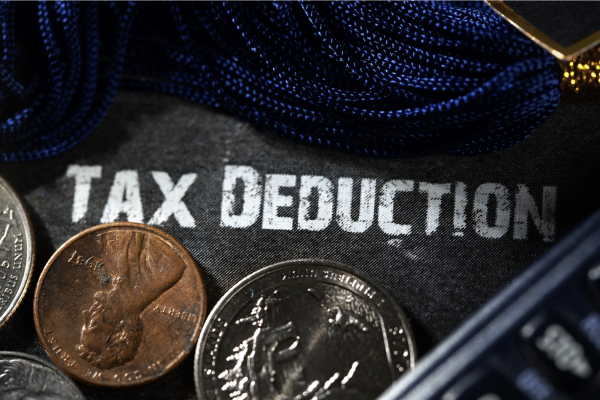Two-Tiered Profits Tax Rates in Hong Kong
Recently, a new main feature of the Hong Kong has system has been introduced. It is a tax incentive called the two-tiered profits tax rates. The two-tiered profits tax rates regime applies to corporations and unincorporated businesses (i.e. sole proprietorship and partnership businesses) by lowering the tax rates for the first HKD 2 million of assessable profits by half with effect from the year of assessment 2018/19.
That is, the profits tax rate for the first HKD 2 million of assessable profits for corporation is 8.25% instead of 16.5% and 7.5% for unincorporated businesses instead of 15%. Assessable profits above $2 million will continue to be subject to the normal rates.
However, if an entity has one or more connected entities, the two-tiered profits tax rates can only apply to one nominated entity among its connected entities. The others will not qualify for the two-tiered profits tax rates. An entity is a connected entity of another entity if-
- one of them has control over the other;
- both of them are under the control of the same entity (including a natural person); or
- in the case of the first entity being a natural person carrying on a sole proprietorship business, the other entity is the same person carrying on another sole proprietorship business.
Control in this context means that if an entity, whether directly or indirectly through one or more than one other entity, (a) owns or controls more than 50% in aggregate of the issued share capital of another entity; (b) entitles to exercise or control the exercise of more than 50% in aggregate of the voting rights in another entity; or (c) entitles to more than 50% in aggregate of the capital or profits of another entity.
Two-Tiered Profits Tax New Rates Scenario
Below is one of the illustrative examples provided by the IRD explaining the definition of “connected entity” under the two-tiered profits tax rates regime. In the example Mr Chan and Ms Chan have the following businesses:
| Business | Issued share capital / voting rights / profits entitled | |
| Mr Chan | Mrs Chan | |
| Corporation A | 50% | 50% |
| Corporation B | 50% | 50% |
| Partnership C | 60% | 40% |
| Sole Proprietorship D | 100% | – |
| Sole Proprietorship E | – | 100% |
| Sole Proprietorship F | – | 100% |
From here it can be seen that:
- Corporation A and Corporation B are not connected entities as neither Mr. Chan nor Mrs. Chan has control over them. Both of them qualify for the two-tiered profits tax rates.
- Partnership C and Sole Proprietorship D are connected entities as Mr. Chan has control over them. Either one of them can elect the two-tiered profits tax rates.
- Sole Proprietorship E and Sole Proprietorship F are also connected entities as they are carried on by Mrs. Chan. Either one of them can elect the two-tiered profits tax rates.
Based on the above illustration, there are four entities that can be eligible for the two-tiered profits tax rates. The maximum amount of tax saving can be up to HKD 630,000 for each year.
Alternatives to Profits Tax Assessment
Having said that, it may not always be beneficial for one’s business to be taxed under the new two-tiered scheme if the individual is eligible for election of personal assessment. Under personal assessment, the tax will be calculated at progressive tax rates on the aggregated income from all sources, including the profits derived from his or her unincorporated businesses.
Generally speaking, the election for personal assessment will enable a taxpayer to deduct from his / her aggregated income:
- Deductions and allowances;
- Interest expenses on money borrowed for producing taxable property rental income;
- Business tax losses sustained from his / her sole proprietorship / partnership business.
Therefore, the overall tax liabilities under personal assessment may be higher or lower than the tax payable calculated separately under schedular basis (i.e. property tax, salaries tax, and profits tax) where the two-tiered profits tax rates can apply. As such, tax calculations under the two methods may be required to ascertain which one produces the least amount of one’s overall tax liability.
In addition, in order to be taxed under the new two-tiered scheme, an entity has to declare that it has no connected entity or that no other connected entity has made an election for the two-tiered profits tax rates. Making an incorrect declaration without reasonable excuse may lead to heavy penalties. As such, one should carefully review his / her eligibility for the two-tiered profits tax rate before making the election. If in doubt, professional advice should be sought.
As Hong Kong’s new fiscal year has started, the Hong Kong Inland Revenue Department (“IRD”) has now issued profits tax returns and employer’s returns for the year of assessment 2020/21 to taxpayers. You may refer to our news article 2021 Tax Filing Season in Hong Kong is for some practical information for tax filing and tips to minimise your






